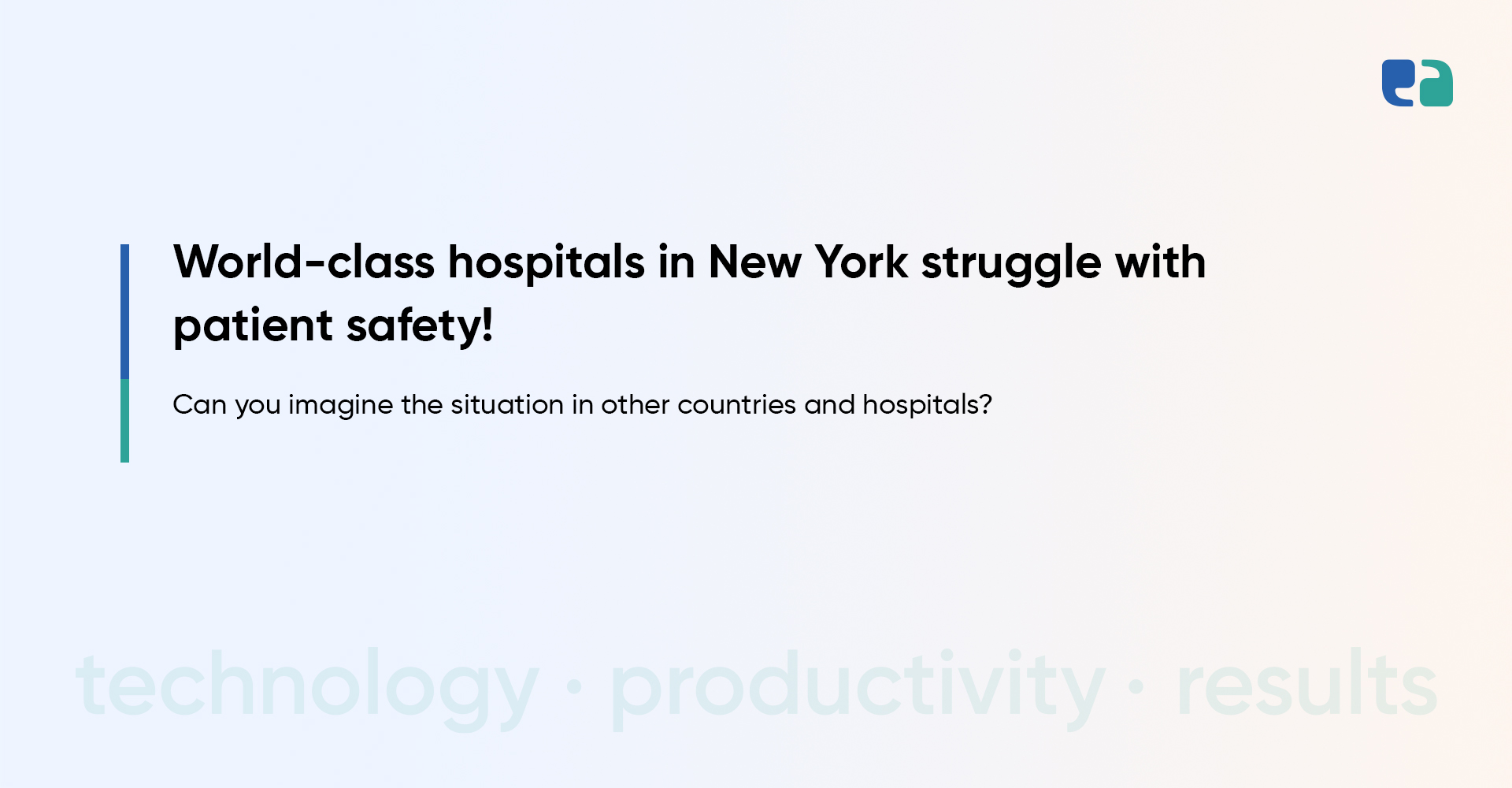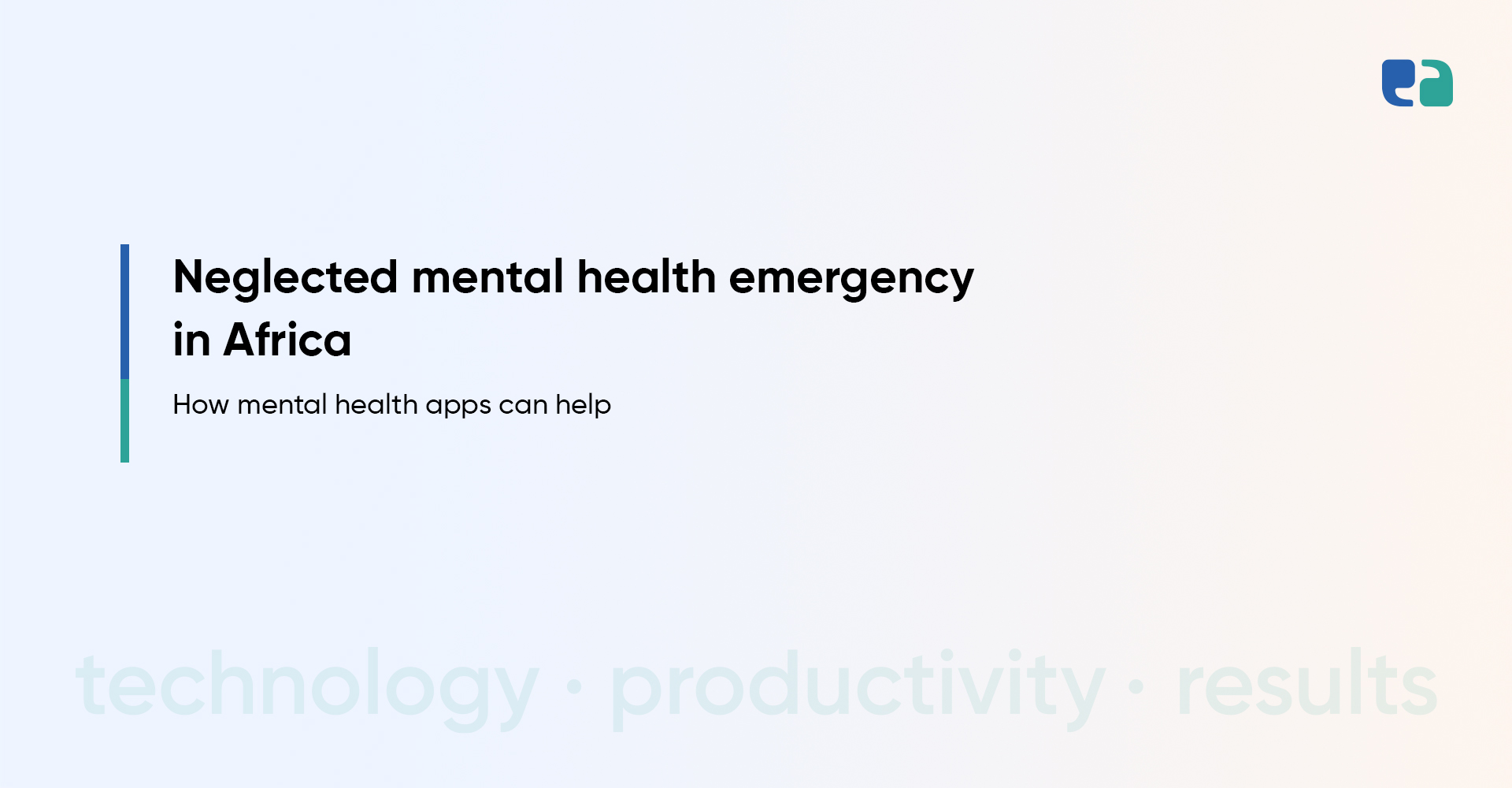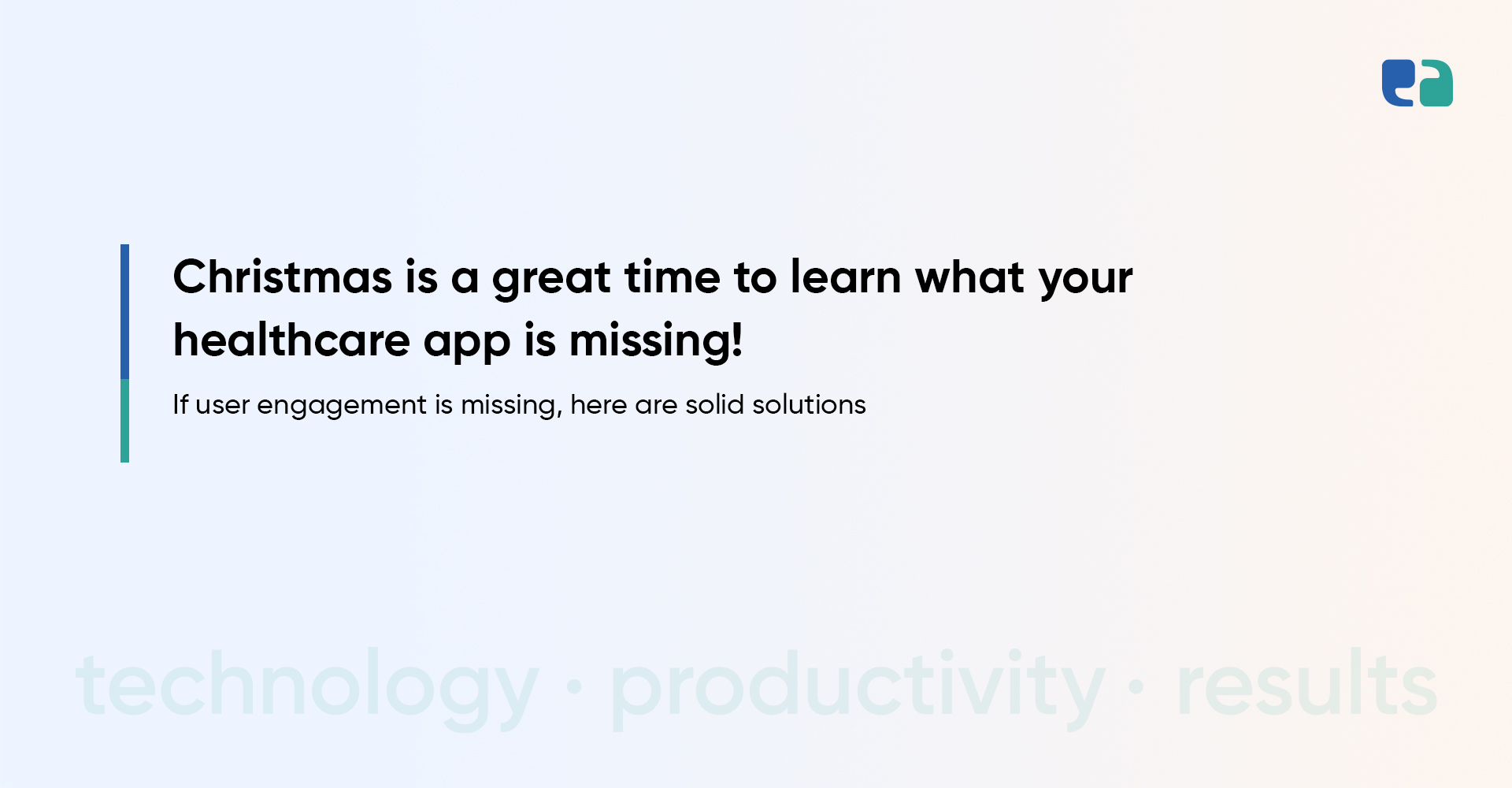New York Hospitals Have Finally Lost Their Good Reputation for High Patient Safety Standards
New York has world-class hospitals.
But when it comes to patient safety, it is losing its charm.
According to the survey published recently by the healthcare group Leapfrog, many New York-based hospitals receive low grades.
As per the survey report, 19 hospitals statewide received the highest A safety grade whereas 34 hospitals received the second-lowest D grade.
Healthcare policy expert Bill Hammond of the Empire Center said,
“I think there’s a lot of complacency about our healthcare system. You often hear our officials say we have the best healthcare system globally. But when people look at it systematically and carefully, that’s not what they find.”
How to Improve Patient Safety with Technology? Top 5 Patient Safety App Ideas for New York Hospitals
Idea #1: Clinical Collaboration App
In the last few years, healthcare has become very complex with the advent of new technologies, treatments, medications, and online care delivery models.
Thus, in many cases, clinicians need to validate their care plans with other clinicians.
But the problem is, that they don’t have direct access and a technology platform to collaborate with other clinicians and discuss patient care plans with a motive to improve overall patient outcomes and safety.
So, to eliminate this limitation, you can build a clinical collaboration app or platform and empower clinicians to enhance patient outcomes and safety by collaborating with other clinicians seamlessly.
How Does it Work and Enhance Patient Safety?
A clinical collaboration app or platform aims to make communication between several healthcare providers fast, easy, and secure by bringing together fragmented healthcare communication.
Using it, a clinician can send collaboration requests to any clinician within his healthcare institution or even to clinicians of other healthcare institutions.
At selected times, all clinicians collaborate through the platform and discuss the care plan of a patient by sharing all clinical information of the patient with other participating clinicians.
Here, the most essential aspect is clinical data.
The more clinical data a clinician can share with other clinicians, the more accurate care plan they can collaboratively make.
Thus, if you integrate a clinical collaboration app with EHR, EMR, and PACS, clinicians can access the clinical information of patients including laboratory results from a single platform.
This way, they all together ensure the effectiveness of the care plan and reduce the possibility of any clinical blunder – majorly in the form of wrong medication.
Idea #2: Clinical Task Assignment and Management App
There are multiple care team members involved in a patient’s safe clinical journey.
Thus, accurate and fast communication between these team members is very important to ensure high patient safety standards.
For instance, if there is a communication gap between physicians and nurses, a clinical disaster can quickly happen.
So, to avoid any internal communication gap and facilitate fast and rapid clinical task assignment and management, you can build an app or online platform for that.
Using it, care team members can manage each clinical task, assign it to any other team member, and track the status of each task from their mobile phones.
With this, they save a lot of time and reduce the possibility of errors.
The best thing about the clinical task management app is that it always makes sure that not a single patient care operation goes unnoticed.
How Does it Work and Enhance Patient Safety?
All clinical staff members of the hospital have access to the app.
On it, they can view all assigned tasks they have to accomplish for each patient.
For their easy understanding, each task is equipped with a short description.
Not only this, if they have the authorization, they can assign the task too and track the status of each task updated by other team members
This is like a hospital version of project management!
The outcome of such a purposeful app is almost zero miscommunication incidents between clinical staff which automatically enhances the patient’s safety.
Idea #3: Healthcare Staffing App
An overburdened clinician is 10 times more prone to making errors.
Unfortunately, it has become widespread due to the very severe healthcare labor crisis in North America.
New York hospitals also face the same challenges.
While they have been dealing with nurse shortages, available nurses in the system are very overwhelmed.
Factors that are causing this nurse shortage are major changes in job preferences among clinicians and low wages.
You can solve both of these problems by building a healthcare staffing app.
Because when there are enough nurses in the system, patient safety can easily be looked after!
How Does it Work and Enhance Patient Safety?
A healthcare staffing app connects clinicians and hospitals.
With its sophisticated algorithm, clinicians can search the jobs which are meeting their criteria and can easily apply for the position.
In the same way, hospitals can also search for qualified clinical staff, either manually or automatically with the app algorithm, and connect to them for hiring purposes.
The best thing about a healthcare staffing app is its on-demand nature.
Hospitals can hire clinicians for a very short-term period to serve high demand in a completely on-demand manner.
And clinicians too can apply for short-term and part-time jobs with just a few clicks.
Idea #4: Patient Safety Chatbot App
Patients are equally responsible for their safety.
They have to carry out some level of self-care while being admitted to the hospital and even after discharge.
For example, they must wash their hands very often.
They must acquire some basic knowledge of their treatment and medication plan.
However, the challenge is, that patients don’t have direct access to the knowledge they require to look after themselves in a clinical environment.
For example, the only way they can know about their medication plan is by directly asking clinicians which is not feasible every time.
So, the solution here is a chatbot app.
Using it, patients can ask questions that influence their safety and receive instant replies.
A chatbot can also train patients to look after themselves with engaging self-caring lessons.
This results in higher awareness among patients regarding what causes danger and how to deal with them.
Idea #5: Virtual Waiting Room App
Needless to say, a hospital waiting room is more dangerous than an operating room.
Because in the waiting room, there is always a crowd waiting for their turn.
Patients, especially kids and seniors, are more likely to catch viruses and bacteria from this crowd.
To reduce the likelihood of such an incident that puts patient safety at risk, hospitals don’t have any other option than to reduce patient footprints.
One way to achieve this is by delivering virtual care to patients with common and normal symptoms and treating only complicated clinical cases in person.
But the more practical solution is a virtual waiting room app.
How Does it Work and Enhance Patient Safety?
A virtual waiting room app enables patients to check in to hospitals without being physically available at the hospital.
For instance, they can check in to the hospital from home, while on the way to the hospital, and even from the parking space of the hospital.
When they check in to the hospital and fill out pre-visit forms through the app, the app adds them into a virtual waiting room.
And finally, when their turn comes to be seen by a doctor, the app sends them the examination room number which patients reach without spending time in the crowded physical waiting room!
Such an innovative way of using technology to improve patient safety!
We Shared these Ideas with One of Our New York-based healthcare Clients and Here is What They Believe
“Healthcare future is terrible if we don’t address the fundamental challenges.
Ensuring patient safety must be the priority of every hospital.
Unfortunately, hospitals in New York are stuck between technology complexity, government laws, and overburdened healthcare staff.
It is high time to say goodbye to traditional methodologies and adopt modern-age solutions.
Bridging communication gaps, empowering providers, educating patients, streamlining patient onboarding, and solving healthcare labor shortages are answers to patient safety questions.
And for that, an app or online platform is the only choice.
The healthcare community must realize it, sooner or later!”
If you also have some strong opinions on our ideas, our team of 50+ healthcare IT professionals would like to hear from you.



